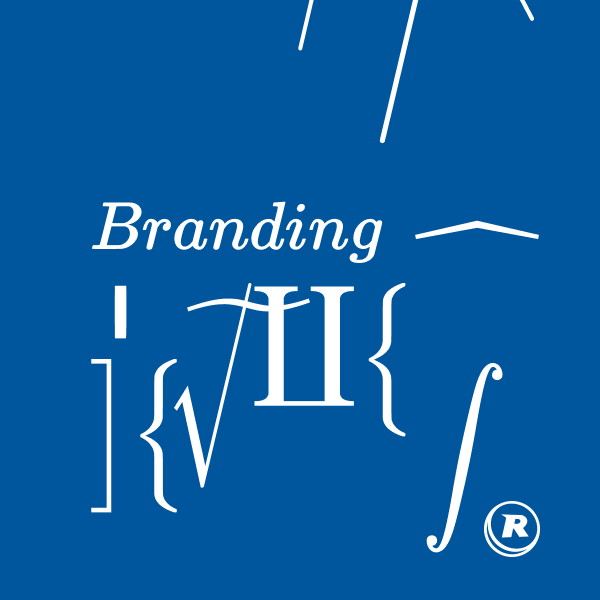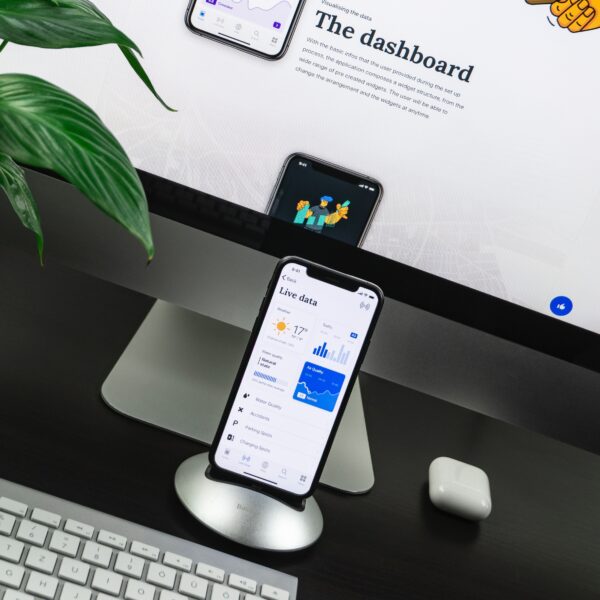At Rocketdash, we understand the importance of delivering high-quality software solutions that meet the evolving needs of modern businesses. That’s why we embrace Agile software development, an iterative and collaborative approach that enables us to deliver software faster, with fewer defects, and greater customer satisfaction.
What is Agile Software Development?
Agile software development is a mindset and methodology that prioritizes individuals and interactions, working software, customer collaboration, and response to change over processes and tools, comprehensive documentation, contract negotiation, and following a plan.
Agile teams work in short timeboxes, called iterations or sprints, typically lasting from one to four weeks, and deliver potentially shippable increments of software at the end of each iteration.

2023 Software trends by Rocketdash
Send download link to:
Agile software development values:
- Individuals and interactions over processes and tools: Agile teams focus on people and communication, promoting face-to-face conversations, active listening, empathy, and respect, rather than relying on bureaucratic procedures, templates, or automated tools.
- Working software over comprehensive documentation: Agile teams prioritize delivering working software that meets the customer’s needs, rather than producing exhaustive documentation that nobody reads or updates.
- Customer collaboration over contract negotiation: Agile teams engage with the customer early and often, soliciting feedback, validating assumptions, and co-creating solutions, rather than relying on rigid contracts or specifications that may not reflect the customer’s real needs.
- Response to change over following a plan: Agile teams embrace uncertainty, complexity, and ambiguity, adapting to changing requirements, priorities, and environments, rather than sticking to a fixed plan or scope that may become obsolete or irrelevant.
Agile software development principles:
- Highest priority is to satisfy the customer through early and continuous delivery of valuable software.
- Welcome changing requirements, even late in development. Agile processes harness change for the customer’s competitive advantage.
- Deliver working software frequently, with a preference for the shorter timescale.
- Business people and developers must work together daily throughout the project.
- Build projects around motivated individuals. Give them the environment and support they need, and trust them to get the job done.
- The most efficient and effective method of conveying information to and within a development team is face-to-face conversation.
- Working software is the primary measure of progress.
- Agile processes promote sustainable development. The sponsors, developers, and users should be able to maintain a constant pace indefinitely.
- Continuous attention to technical excellence and good design enhances agility.
- Simplicity–the art of maximizing the amount of work not done–is essential.
- The best architectures, requirements, and designs emerge from self-organizing teams.
- At regular intervals, the team reflects on how to become more effective, then tunes and adjusts its behavior accordingly.
Agile software development practices:
- User stories:
Agile teams capture the customer’s requirements in the form of short, simple, and testable statements that describe the user’s goals, needs, and context. User stories serve as the basis for planning, estimation, design, implementation, testing, and acceptance of software increments. - Backlog refinement:
Agile teams prioritize and refine the user stories in the product backlog, a dynamic and ordered list of items that represent the customer’s value stream. Backlog refinement involves breaking down large user stories into smaller ones, clarifying requirements, adding details, removing duplicates, estimating effort, and updating dependencies. - Sprint planning:
Agile teams plan the upcoming sprint by selecting a subset of the product backlog that they commit to delivering within the sprint. Sprint planning involves clarifying the sprint goal, discussing the user stories, defining the tasks, estimating the effort, and creating a sprint backlog, a detailed plan of action for the sprint. - Daily stand-up:
Agile teams hold a daily stand-up meeting, also known as a scrum. The meeting is usually held standing up to keep it brief and focused. Each team member shares what they have accomplished since the last meeting, what they plan to do next, and any impediments or blockers that are preventing them from making progress. The daily stand-up helps keep the team aligned and motivated, and it allows for early identification and resolution of issues. - Sprint review and retrospective:
At the end of each sprint, Agile teams hold a sprint review meeting to showcase the working software to the customer and receive feedback. The team then holds a sprint retrospective meeting to reflect on the sprint process and identify areas for improvement. The sprint review and retrospective meetings help the team continuously improve and adapt to changing customer needs.
Agile software development benefits
Adopting Agile software development practices can bring a range of benefits to your organization. By focusing on delivering value to the customer in small, incremental steps, Agile teams can reduce the risk of project failure, improve stakeholder satisfaction, increase team morale and motivation, and enhance product quality.
Agile development can also help teams respond more quickly to changing market conditions and customer requirements, leading to a competitive advantage.
By following the Agile methodology’s key principles you can improve your software development process and ultimately achieve better business outcomes.







